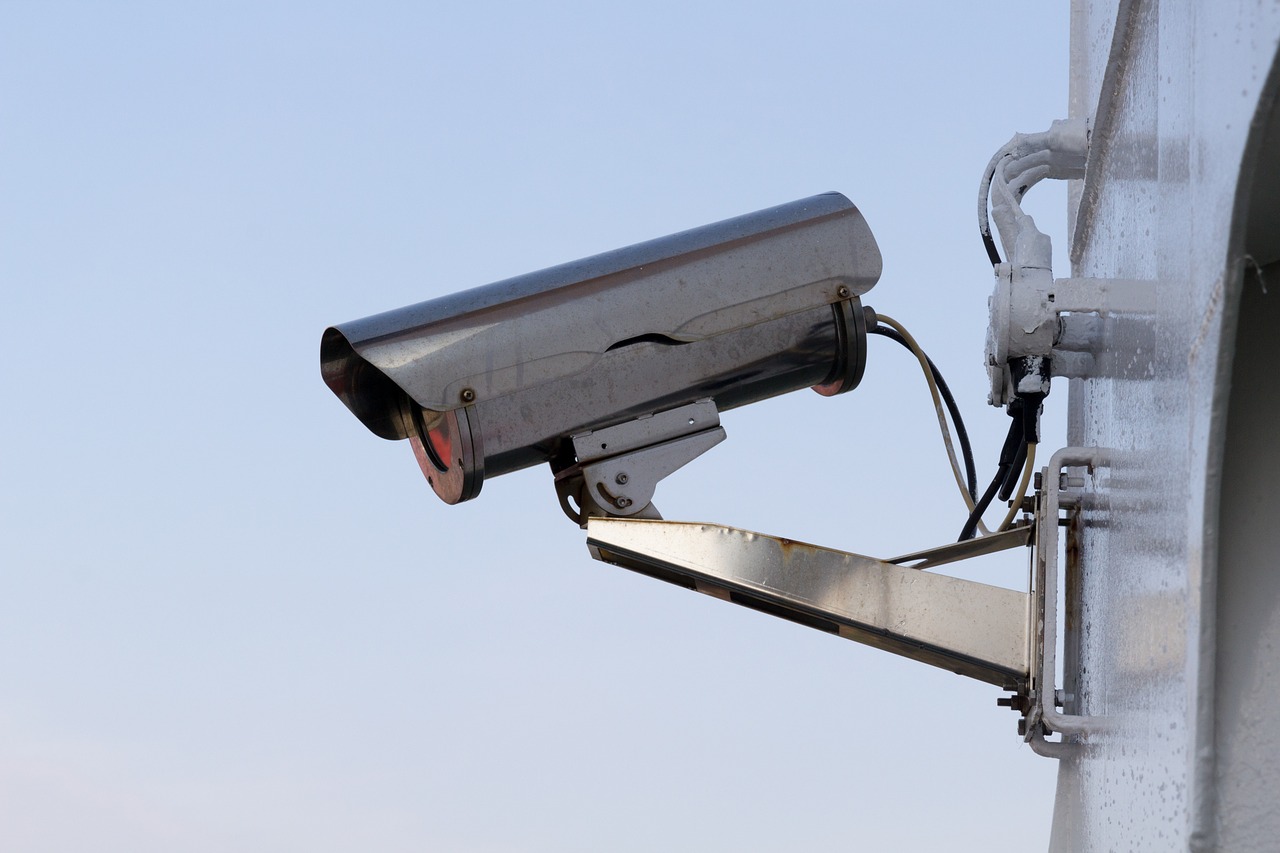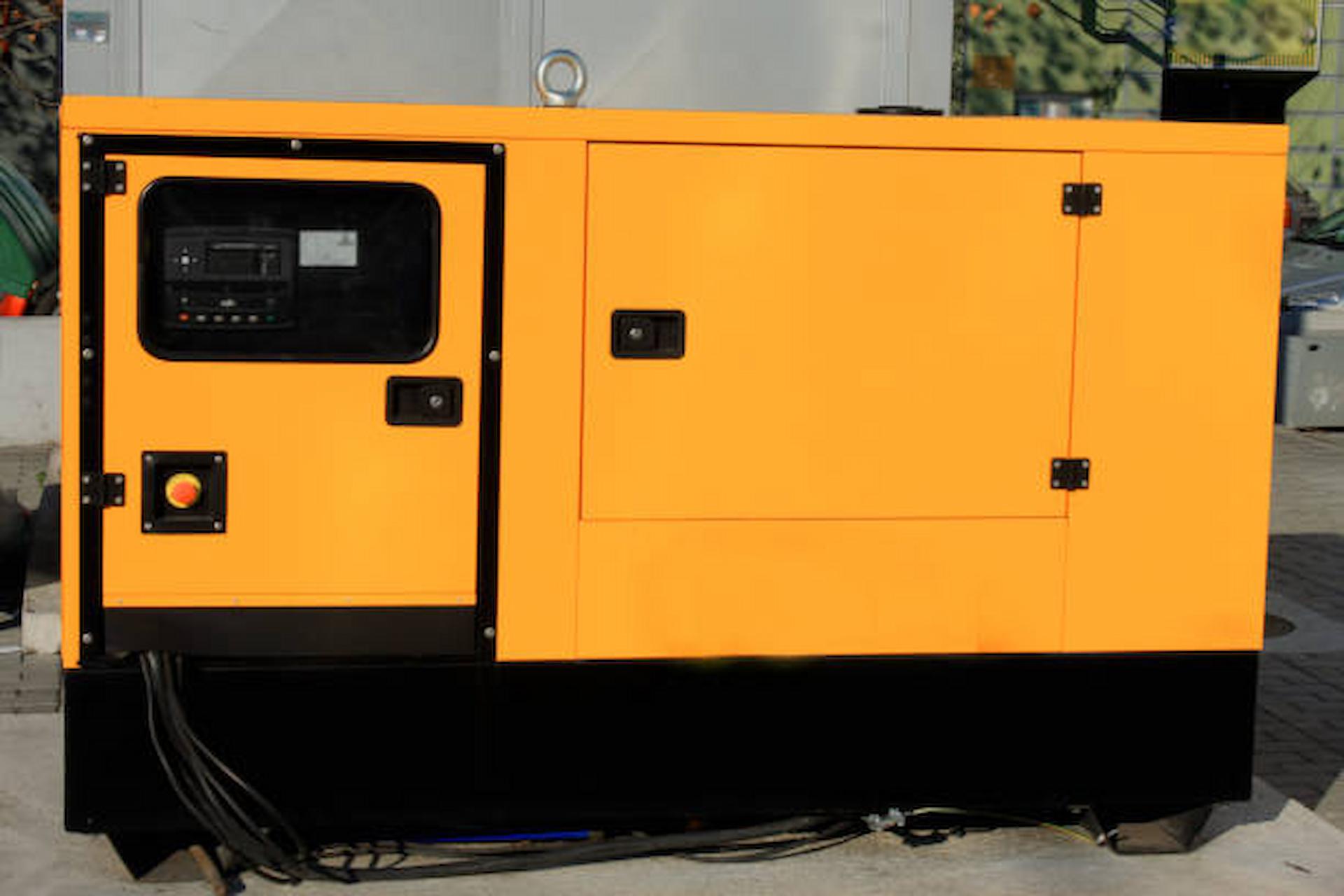Traffic cameras have become the latest method of enforcing road discipline. Camera systems are placed to catch speeding cars and those who take a chance and cross red traffic lights. The camera boxes are often easily visible to a driver (certainly one who is paying attention to the road!) but do not always contain a camera. Cameras are moved from place to place so the driver will never know whether the camera is ‘live’ or not and will always be encouraged to obey the rules. When in place, the camera system contains a high quality photographic camera with an 800 exposure film cartridge. The camera is triggered by sensors in the road surface or by a radar device in the camera box – and takes two photographs a half second apart for speed detection, or one second for red light systems. After a period of use, the film cartridge is removed and developed.
The images clearly show the offending vehicles and their registration marks, together with information about speed etc. Many drivers see the flash of the camera in their mirrors, for others the first they know about the device is when the ‘Notice of Intended Prosecution’ arrives in the mail. The NIP must be sent to the driver within 14 days.
Over the past few years the density of speed cameras have dramatically increased and nowadays its almost impossible not to spot one on a daily basis , whether its around where you live or on your travels. A High Speed Camera is a device mounted to a lampost or similar structure to capture and record speeds done by vehicles . These then take a photograph of the number plate and hey presto within a few days or weeks a fine lands on your doorstep. There are many arguments in the public domain for the use of such a detector and there are many , probably more , that state that these digital speed cameras do not increase road safety.


